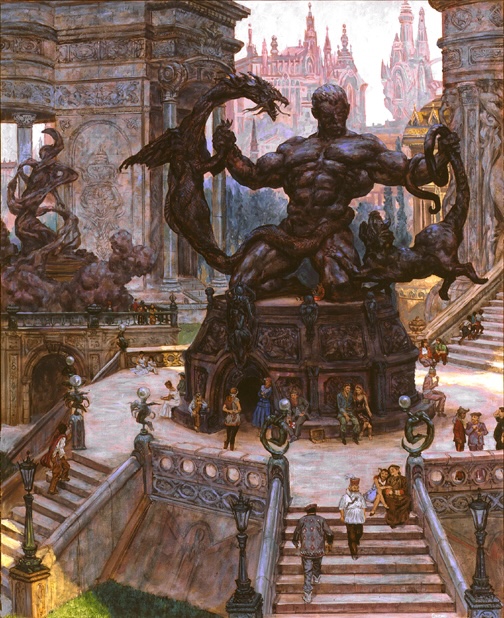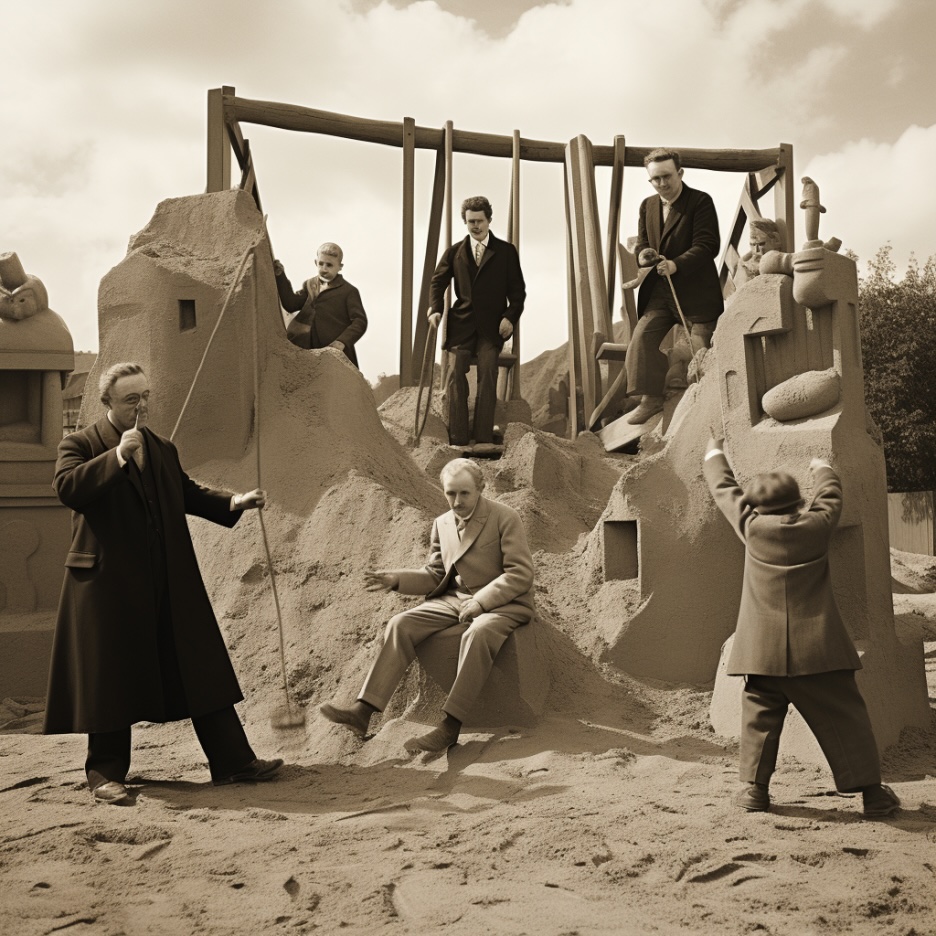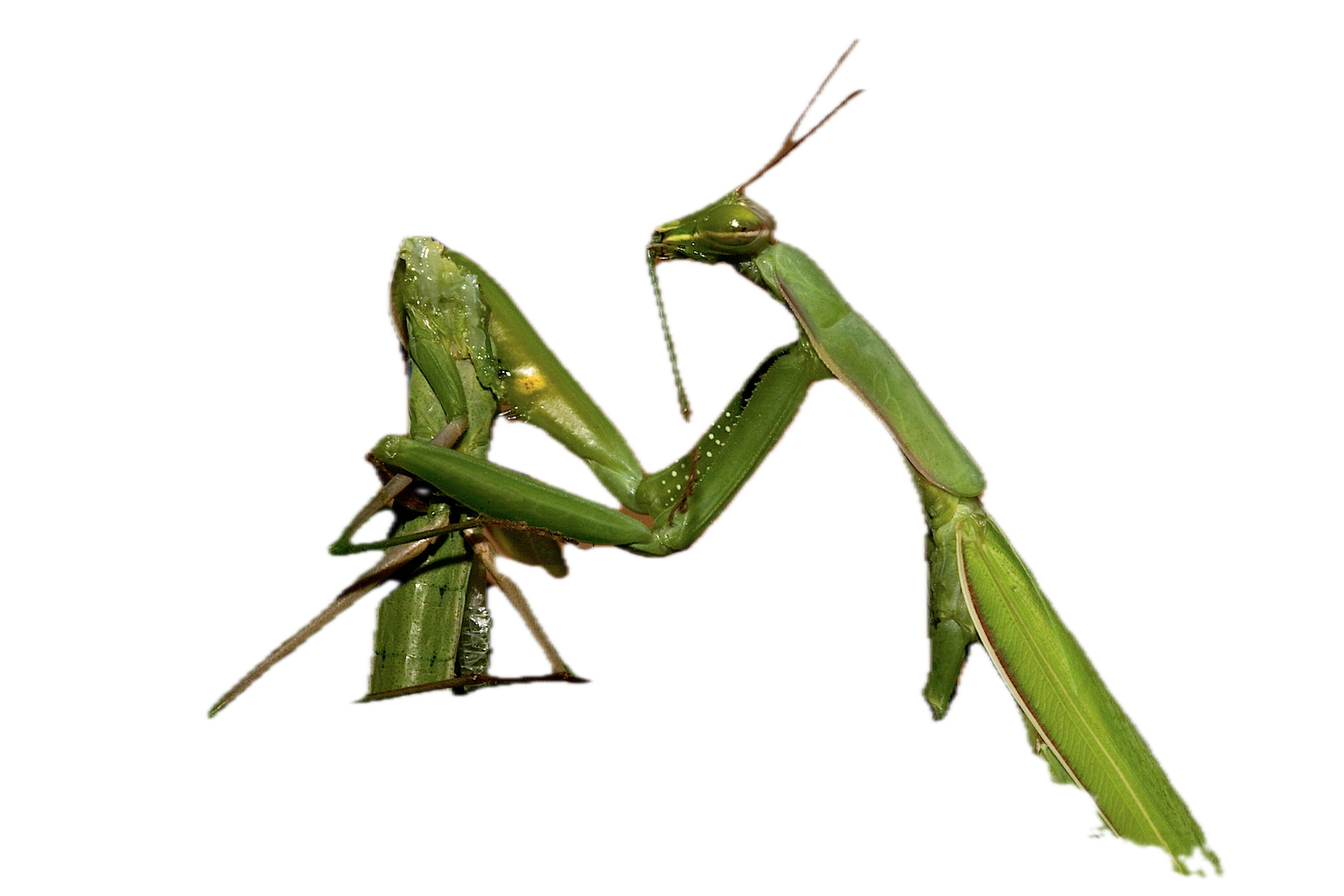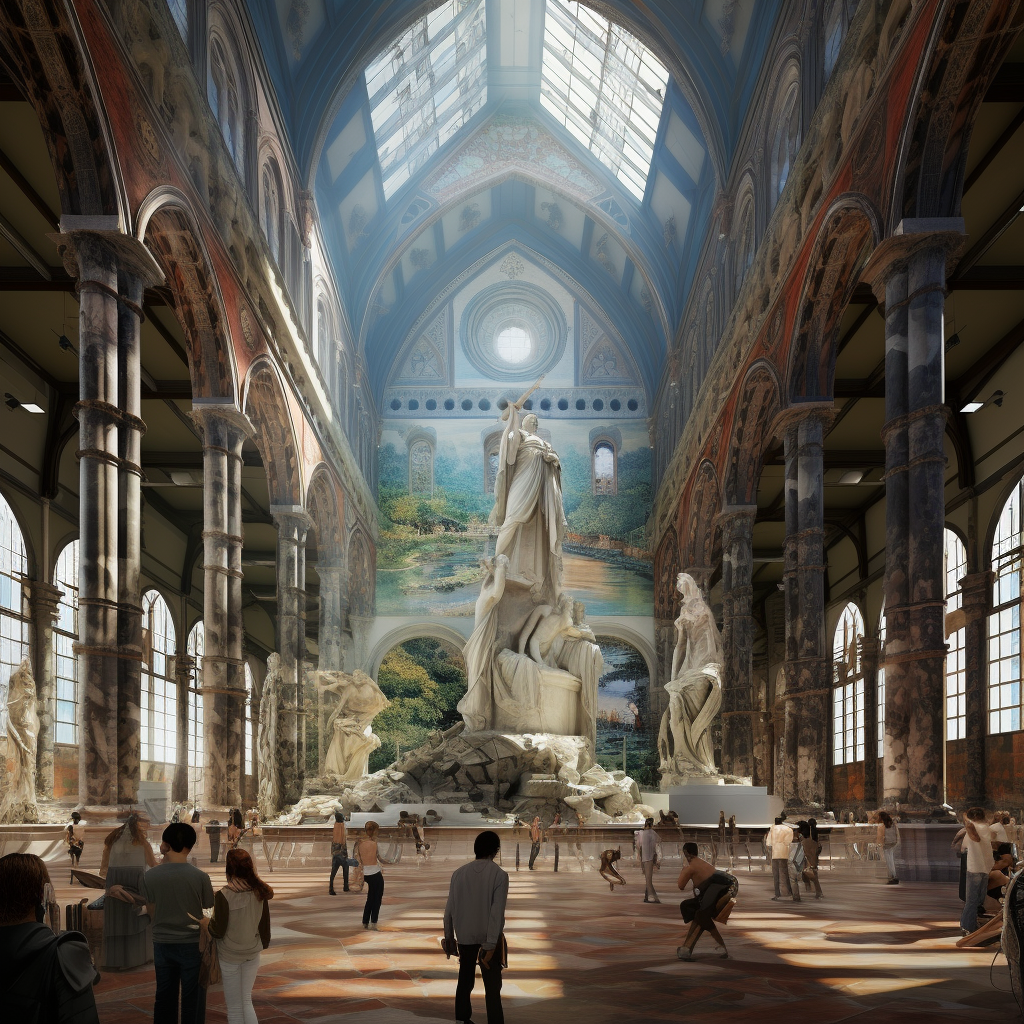The Day For New Gods Is At Hand

To portray Achilles, Athena, Agamemnon, Helen, Priam, Cassandra, Odysseus & all the gods & heroes of The Iliad via the arts of language, painting, music and sculpture – to portray or to contemplate their emotions, their origins, their choices, and their fates – is to engage our imaginative power in playful exploration of the infinitely different ways to live a human life.

Gods and heroes are, in other words, an existentialist playground.

They are extreme. Their emotions, their origins, their choices and their fates are exaggerated, because they represent the furthest possible imaginative horizons for how a human being might live his (or her) life.
The saint is the Christian hero. Saint Francis of Assisi is the Achilles of the Christian spirit. Francis’ life – its extremes – offer us a picture of a new ‘Mode’ (in the Spinoza sense) of Being. Stripping himself of his riches, proposing marriage to the ‘Lady Poverty’, sojourning into the forest half-naked and preaching to the birds, he inspires millions to adopt an extraordinary and extreme new way of life.

Just as a child climbs the trees in his backyard to explore his environment, so all humans play with these stories to explore what to do with their own lives. His whole life Churchill keeps a bust of Napoleon on his desk because Napoleon’s story offers Churchill a vision, a ‘Vorbild’ (in German: the ‘fore picture’ - the picture in front of you of what you want to become) of just how large one man might make his life.
Existentialist writers invent new heroic models to help us conceive of new ways to live – new ways to think about our choices. Kierkegaard invents his ‘Knight of Faith.’ Nietzsche invents his ‘Übermensch.’
Naturally, many gods are not ‘Vorbilder’ in the strict sense. Their extremes reflect our fears as much as our hopes, our nightmares as much as our dreams. Yet, as our creations, do they not reflect back at us, in some rough sense, a mirror of our desires?
Religious practice offers the opportunity to discipline and form our characters together. A religious exercise as simple as a weekly church service, a call to prayer at dawn, or yoga, offers us a collective toolkit to reshape ourselves. Religious exercises work because it’s more fun to practice together. As Aristotle observed, we are the social animal.

Moreover unlike Churchill’s bust of Napoleon on his desk — unlike historical heroes — gods live in the realm of art. The gods offer us an opportunity to explore ways of Being whose only boundary is our artistic imagination. We can be the poets and artists of our own lives through fashioning our own gods together – our own imaginative Forms & Modes of how to live. Goethe and his daimon and the extravagant artistry of the life of Saint Francis of Assisi are born from this super-natural artistic imagination.

Just as fiction and theater give us art forms to explore ways of Being beyond the boundaries of strict reality, gods offer us a mythical space to explore who we are, what we worship, and who we (both as individuals, and, crucially, as a community) might become.

Is it an accident that the extraordinary explosion of power in Europe in the 15th-19th centuries accompanied a great artistic rebirth of the Greek & Roman gods in art? What if these new (old) gods were not just rococo dalliances, but part of a rediscovered imaginative playground for how to live?
To pick just one category to reveal how our models today by comparison are impoverished, take sex. Why are the poetry of Sappho, The Song of Solomon and Dante different from Tinder? What if Yahweh and Eros poeticized our behavior? As Plato writes in the Symposium, “The Lover is greater than the Beloved, because he has the god in him.” Eros transforms sex into Eroticism.  A love god is a star above sex. Under his spell, an animal drive turns into art. Living gods like Eros inject abundant extravagance into our motivations and behavior.
A love god is a star above sex. Under his spell, an animal drive turns into art. Living gods like Eros inject abundant extravagance into our motivations and behavior.
It goes without saying that mental models shape our reality. How rich and colorful is Michelangelo’s mental model of reality — compared to yours? How rich is your model of reality — compared to Homer?
Naturally I’m not the first person to point out that today youth looks to celebrities and sports stars for models (Vorbilder). We are mimetic creatures. We all search for something better to imitate. Yet the characters we ‘worship’ today are pathetic. The fastest-selling autobiography of all time is Prince Harry’s new book. Can Harry and his pitiful struggles capture the grandeur, romance or the open horizons of the ancient gods & heroes? Our mass consumption of Harry’s book proves, however, our yearning for models.
(The goddess Hera would have transformed Harry into a praying mantis, with all the attending consequence for the male of that species after mating with Meghan).

Another example of our worship of small Vorbilder is another Harry, this one found in art — Harry Potter. What do JK Rowling’s texts — and the late night book release vigils, viewing and costume celebrations — remind you of? Today if you find yourself in a conversation with a 20-something Harry Potter-fan about Severus Snape, you may discover a cosmos of moral exegesis worthy of a passage in scripture. The schism over JK Rowling’s tweets about women might even, in their small way, remind one of the forced side-taking in young Christian churches during the Arian or Donatist Controversies.
The moral cosmos of Harry Potter cherishes certain values like loyalty, charity and friendship that we might want to weave into new gods. At the same time, other values, — like hubris and Aristotle’s greatness-of-soul — are arguably deprecated. Could we, through conscious art, craft more wonderful gods than characters from a kid’s book?
Imagine, for a moment, that we have new gods. Gods created after us, yet pointing to an even greater horizon for us. Creating art toward these gods, to honor them - we honor ourselves. Via regular religious practice taking them as our Vorbilder - we discipline and cultivate ourselves.
What might these gods look like? What would they represent? How would they be connected to the old gods? What parts would they draw inspiration from? Which parts would they throw away?
What media and forms of art would we use to bring them to life?
What would fashion, clothing, architecture, city planning, even politics look like under their star and influence?
Liberalism was cradled within societies rich in powerful independent institutions for character-shaping and community — most prominently the church. Even today, shrinking though they are, Catholic and other religious schools remain the largest force outside of the state for character-formation in education. Is the atomization, loneliness and “Bowling Alone” so often observed in modern societies a problem that the liberal state was never designed to solve? If our old communal and character-shaping institutions are no longer fit-to-purpose, is it time to turn our creative powers to give birth to new ones?
Imagine if, for our new gods, we built new temples. What if we had new spaces for us to gather ourselves for births, deaths, marriages, entering adulthood - even new rituals for our time, like forming business partnerships? Today the state provides certificates for these activities, but aren’t we missing the ritual and the poetry – the art?

One key principle for our new pantheon must be a Heraklitean capacity for change. The Greek Pantheon needed no god for climate change. We might. Like an octopus which has its brain cells in its tentacles and in a flash metamorphoses it’s body in response to touch, a democracy receives new information via votes. What if, in order to profit from wisdom-of-the-crowd intelligence and tentacled information-gathering, our new pantheon was democratic? Even in the early days of the Christian church, councils made decisions by voting.
Certain gods in the past have fed on mob bullying to punish people. In 17th-century America a certain version of a god was used to make Hester Prynne sew a red scarlet letter into her dress. Past religions have used guilt and shame to control and diminish people’s freedom of expression. Another key principle for our new pantheon would be that ours magnifies rather than diminishes us as human beings.
Can we give birth to new gods who expand our possibilities, our imaginations and our sphere of art and action?
